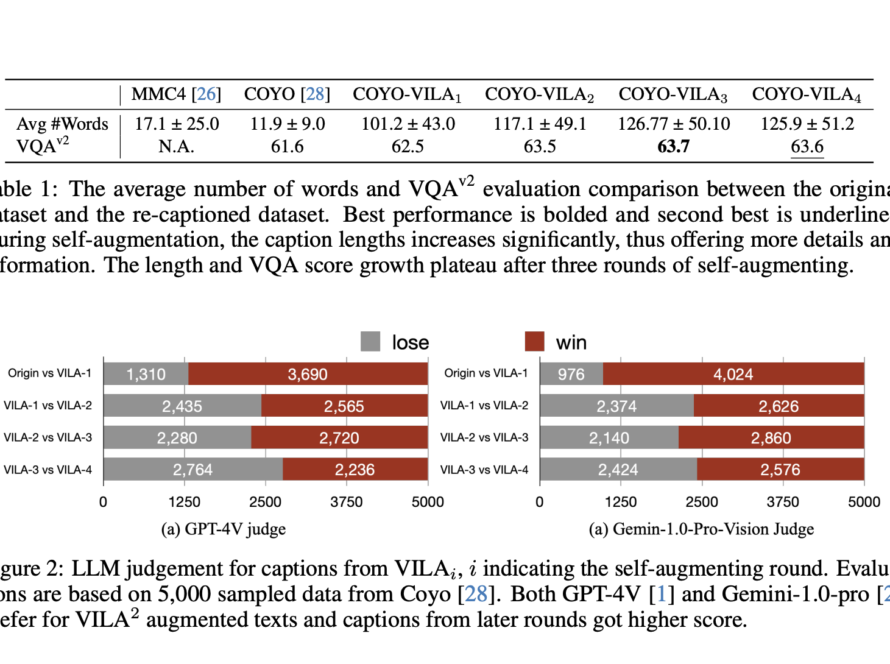Typically, the invoicing process follows a sequence of steps that is common across organizations and sectors. However, there can be some variation to this process from team to team. Every invoicing process includes 3 key elements:
These elements will need to be processed through a series of approvals, matching, and verification steps to complete the payment to the supplier.
What is invoice matching?
Invoice matching is probably the most important step in the entire Accounts Payable process. Matching the invoices to purchase orders ensures that correct payments are made to the vendors and reduces errors in the payment process. However, when done manually, this process can be quite repetitive and costly since it requires quite a lot of time to complete. This process can also be quite prone to human errors.
Now, with the help of technology, the invoice matching process does not need to be manual any more. Automated systems can match invoices with purchase orders within seconds and auto-approve or flag any mismatches for review. Automated invoice matching helps organizations reduce errors and costs in the accounts payable process. It also increases productivity by reducing the time taken for invoice matching and reducing human intervention.
Most commonly, invoice matching is done against purchase order. However, multiple different types of invoice matching can be carried out for a greater level of reliability before payments are processed.
Types of invoice matching
Invoices are validated against other documents related to that purchase to ensure that the correct payment is being made and only after the good or service has been delivered. There are 3 types of invoice matching:
- 2-way Invoice Matching: 2-way matching is the most simple method of verifying invoices. In 2-way matching, the invoice is only matched against the purchase order. If the invoice and purchase order details match, the invoice is processed for payment.

- 3-way Invoice Matching: 3-way matching is the most popular method of invoice matching. There are 3 steps in this matching process. The invoice is not only matched against the purchase order but the receipt of goods. All 3 need to match for the invoice to be processed for payment.
- 4-way Invoice Matching: This is the most complex matching process since it matches 4 different documents with each other. In this matching process, the invoice is matched against the purchase order, receipt of goods, and inspection slip. Only when the information on all 4 documents matches is the invoice approved for payment.
What is an invoice matching software?
A software that can automatically match the details present on invoices, purchase orders, receipt of goods, inspection slips, and other related documents is termed invoice matching software. Typically, in such invoice matching software, we can set a matching threshold below which invoices would be rejected and not processed for payment.
Invoice matching softwares, such as Nanonets, can do this job within seconds which would take the AP team hours or even days to complete. It can also eliminate most of the human errors and with the help of artificial intelligence and machine learning these systems are becoming even more robust and accurate.
Automate invoice matching using Nanonet’s AI-based OCR software. Capture data from invoices, purchase orders, etc. instantly. Reduce turnaround times and eliminate manual effort.
Benefits of invoice matching
- Improved employee productivity and increased compliance.
- Enhanced cash flow visibility and less time worrying about audit requirements.
- Pay vendors soon and get early payment discounts.
Features to look out for when selecting an invoice matching software
Invoice Data Capture Through Emails
The most common way that businesses receive invoices is through emails. Hence the invoice matching software must be able to read the invoice data from the vendor email and upload it for matching and approval.
A common issue faced with this is that vendors might be sending the invoice email to different stakeholders in the organization and hence consolidating might become a challenge. A simple workaround would be to create a common email address where all vendors would need to send their invoices for processing.
Automated Invoice Creation And OCR (Optical Character Recognition)
This feature would automatically allow the software to read the invoice data and match it with the purchase order and other relevant documents. This can help in automating the invoice matching process and save time for the AP team.
For recurring invoices, having an automated invoice creation system is extremely useful. It can save quite a lot of time and effort by automating a recurring task for the team.
Automated Matching Rule Engine And Approvals
This is an extremely important feature to be able to automate the invoice matching process. As discussed earlier, we can have 2-way, 3-way, or 4-way invoice matching with each type having more and more data points to match before approving the invoice for payment. In the invoice matching software, the rule engine allows us to define which data points need to be matched with each other before they go in for approval. The invoice matching software should also allow us to define the approval process, i.e. in which case should the invoice be automatically approved or when should it go for a review and to which person.
Tolerance Matching
Tolerance matching allows for the system to automatically accept invoices when they are within an acceptable range. Normally, invoices would be if there isn’t an exact match in the data between, say an invoice and the purchase order. However, with a tolerance set, in case of small discrepancies (due to taxes being added, or any other reasons) that are acceptable, the invoice can still be processed for payment.
Conclusion
In the modern business environment, an invoice matching software is crucial for the Accounts Payable team to be able to function effectively. By automating the invoice matching processes, companies can look to not only improve productivity but also reduce costs and eliminate errors that could lead to incorrect payments being processed. With the help of artificial intelligence and machine learning invoice matching software, such as Nanonets can help businesses achieve growth by streamlining their entire AP process.
Eliminate bottlenecks created by manual invoice matching processes. Find out how Nanonets can help your business optimize text extraction from any source easily.



